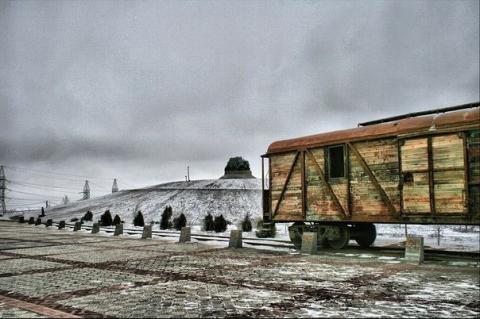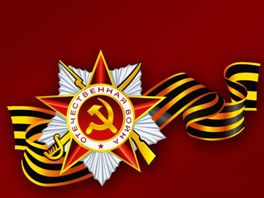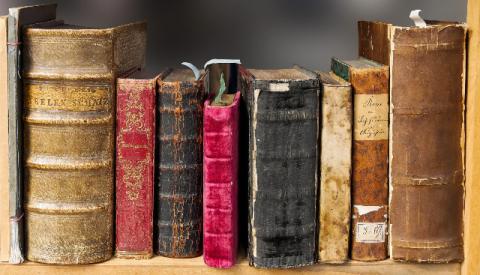Статья
Автор 1 | RUS Калмыцкий институт гуманитарных исследований Российской академии наук ENG |
Заглавие | RUS ENG |
Аннотация | RUS ENG |
Ключевые слова | музей ◆ экспозиция ◆ пространство ◆ искусство ◆ буддизм ◆ концепция ◆ развитие ◆ museum ◆ exposition ◆ space ◆ art ◆ Buddhism ◆ conception ◆ development |









